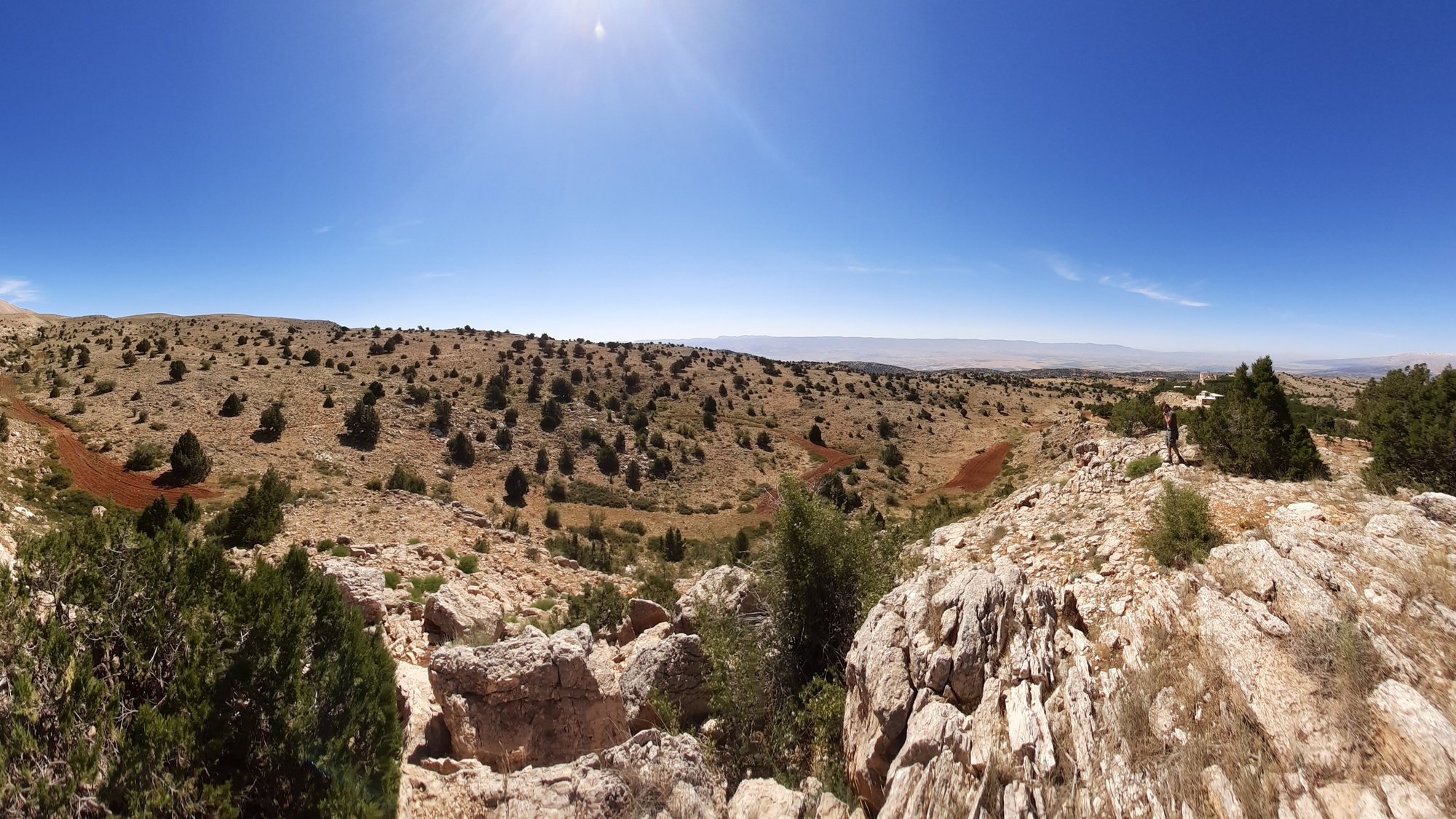Überblick
Large parts of present-day Africa are affected severely by global and environmental change, resulting directly in or worsening already existing societal problems. Since the continent has gone through similar changes in the past, it is important to comprehend the regional past climate dynamics in more detail, since it has been hypothesised that environmental change played a significant role in conditioning human expansions, contractions and possibly even extinctions. More reliable regional climate reconstructions will be valuable background information. However, datable wood from African trees is very rare. For dendroclimatological purposes, juniper imported from the Middle East North Africa region (MENA) is promising to study climate teleconnections in northern Africa. Hence, the main goal of the project is to produce cell structure data series and correlate them with climate data. Subsequent analyses will examine relationships to the atmospheric and oceanic modes of climate variability (e.g., ENSO, NAO and Monsoon) in the eastern Mediterranean and northeast Africa, investigate the impact of past volcanic eruptions and identify possible climate effects on human societies in the region.

